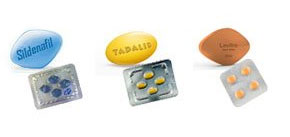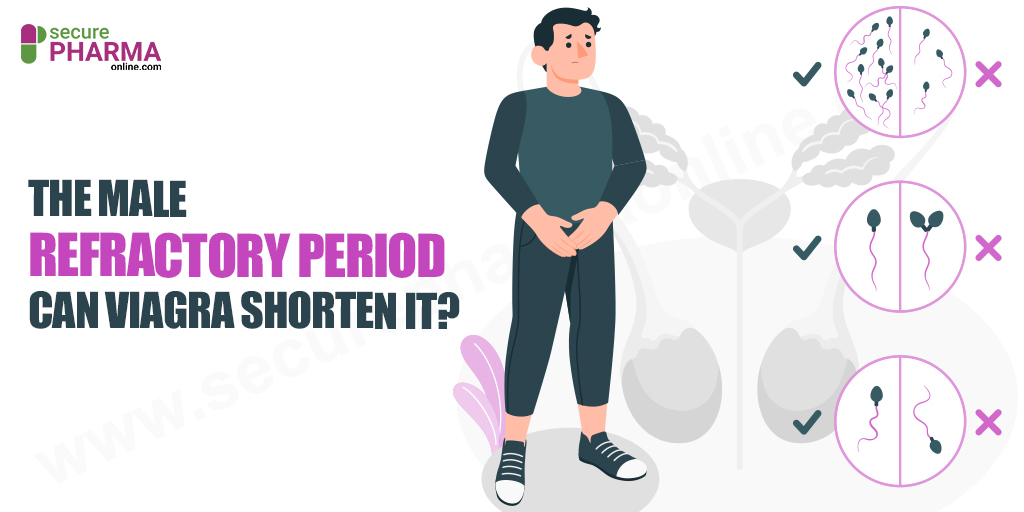Guide To Birth Control After Pregnancy And Childbirth

After birthing a baby, you may want to go in for family planning. If you do not want to immediately get pregnant again, then birth control is mandatory. Your body goes through several changes after pregnancy. Thus, the choice of birth control after pregnancy or childbirth must suit your body and needs.
So, read further to understand how soon you can opt for birth control, suitable contraception options after pregnancy, hormonal/non-hormonal types of contraceptives, side effects, and safety during breastfeeding.
How Soon You Can Start Birth Control?
You can conceive after giving birth to a baby even before you get your menstruation cycle. Thus, a contraceptive will help prevent pregnancy. However, you should not use the following immediately after childbirth:
The diaphragm, Cervical Cap, Birth Control Sponge
It is advisable to avoid these until 6 weeks pass. This will give enough time for your cervix to heal and restore to the normal size. In case you were using one of these before conceiving, then you have to get it refitted. This is because, after birthing a baby, the cervix size may change.
Hormonal Birth Control Ring, Pill, Patch
All of these comprise estrogen. However, the mini-pill contains progesterone. Estrogen can get into breast milk or affects its supply in the first few weeks after birth. So, if you are breastfeeding then you can try another contraceptive. Avoid these at least for the first 4 to 6 weeks.
Suitable Contraception Methods After Pregnancy
Choosing birth control after birth depends on a few factors. You need to keep the following things in mind to decide the most suitable contraception to go with:
Long-Acting Contraceptive
How long do you wish to wait before conceiving again? If there is no plan for several years, then you may opt for a long-acting contraceptive such as an IUD or Implant. If you wish to conceive sooner, then you can choose month-to-month birth control.
If you select an Intrauterine Device or Implant, the doctor needs to place and remove it. So, you can get the same removed as and when you wish to conceive again.
Regular Birth Control
If you want to go ahead with a ring, patch, or pill – remember that you need to use/take these are regular intervals. So, if you can manage something like that, give these a thought.
Other Factors
It can take several months to resume fertility if you choose a birth control shot. But for most other contraceptive methods, you can conceive as soon as you stop the use of it. Also, you may want to investigate facts as to which birth control is the most effective.
The success rate of contraceptives varies between 71 per cent and 99 per cent. Ease of use is also a consideration. If you cannot gulp down pills, then you may opt for a non-oral method. Or, if you have uterine issues, then IUD is not a great option to go ahead with.
Types of Birth Control to Use After Childbirth
The perfect birth control method will depend on your health, medical history, condition after giving birth to a baby, and other things. You can choose from the barrier, hormonal, and lifestyle-based contraception:
Barrier Contraception Methods
A barrier method blocks sperm from mating and fertilizing the egg. As sperms cannot find the egg, the chances of pregnancy get low.
Condom
This is like a thin sheath. The materials used to manufacture a condom include latex, plastic, lambskin, etc. Both male and female condoms are available, with the former being more effective. You can slide the male condom over his penile organ before intercourse.
This will disallow the sperm from releasing into the vagina. The efficacy rate of the product is 85%. You need to use it only during the time of intercourse. Also, it may protect you from sexually transmitted infections and diseases.
Copper IUD
A Copper Intrauterine Device has no hormones. But it comes wrapped in a thin wire of copper. It prohibits the sperm from swimming properly. Thus, the sperm cannot reach the egg. Also, it destroys sperm and avoids conceiving. The success rate is 99%.
It can work for up to 10 to 12 years. For inserting or removing a Copper IUD, visit your doctor. If you wish to get pregnant again, simply visit a clinic for IUD removal.
Cervical Cap
A cervical cap is cup-shaped. You need to insert it into the vagina to cover the cervix. Insert well before having intercourse. The cap can stay in place for up to 2 days. Follow the doctor’s prescription to purchase one of the right fits.
Preferably, use it with spermicide for greater protection. It is up to 71% time successful for women who have previously birthed a baby.
Spermicide
This brings changes in sperm motility. Spermicide is a chemical that restricts the sperm from swimming normally. This hinders the process of egg fertilization. When used alone, the efficacy of the product is up to 71%. When used with a diaphragm or cervical cap, the success rate increases.
There are different types of spermicide available. Some of the forms to look out for are gel, cream, suppository to cover the cervix.
The Sponge
This is for one-time use. The sponge is a soft device that you must insert into your vagina. Place the sponge at least up to 24 hours before intercourse. It covers the cervix. Also, it restricts sperm to reach the egg. It also affects sperm motility because of the presence of spermicide. The efficacy rate of birth control is 76% for women who have previously birthed a child.
Diaphragm
This is manufactured from silicone. It has the shape of a small and shallow bowl. You must insert this into your vagina. The Diaphragm will cover your cervix. So, leave the same in place at least up t0 6 hours before intercourse. For better protection, use a spermicide along. The success rate is up to 88% in this case.
After birth, the cervix size may change, so you need to get the diaphragm of a new size as per health status. It is easy to get the product refitted.
Hormonal Birth Control
These release progestin (a synthetic form of progesterone) or estrogen, or both into the body. The function of the contraceptive is to prevent ovulation. So, it stops the ovaries from releasing eggs. This invalidates the sperm to fertilize an egg. Thus, no pregnancy results.
Birth Control Pill
You can choose a combination pill. It has progestin and estrogen. Or you may take a mini-pill or the progestin-only pill. You need to consume one pill every day at the same time to stay away from conceiving. The pill course is either for 21 days (without placebo pills) or 28 days (with inactive pills). The success rate is 91%.
Skin Patch
This is a sticky and small patch containing hormones. You need to attach it to your skin. The areas you can consider putting the patch on are the stomach, buttocks, back. You must change a patch after 7 days of use. It has a success rate of 91%.
Vaginal Ring
You need to use it for 3 weeks, and then give a gap of a week. Then you need to insert a new ring. It is a flexible ring that you must insert into the vagina. The hormones released lower the possibility of conceiving. It is 91% successful.
To buy a vaginal ring such as Nuvaring Generic, please visit our website.
Implant
This is of matchstick size. It is a hormonal plastic rod. The doctor inserts this into your upper arm. And the implant begins to release the hormone in your body. It can last up to 3 or 5 years. There is no need for much maintenance. Also, it is effective 99% of the time.
The Shot
A birth control shot can give protection against pregnancy for 3 months. You need to visit your doctor to get the shot. After the last shot, it can take some time for your fertility to return. But afterwards, you can try for pregnancy soon.
Hormonal IUD
A hormonal intrauterine device is a T-shaped and tiny piece of plastic. It contains the hormone progestin. A medical professional will insert the IUD in your uterus through the vagina. The success rate of this device is 99%. Also, it can prevent pregnancy for 3 to 7 years.
Other Options of Birth Control
Birth control after pregnancy, you may also choose abstinence till the time you are ready for pregnancy. Also, the man can pull out rather than ejaculating inside the vagina. Know more about fertility and birth control measures from a nearby clinic. If you wish for permanent contraception, then tubal ligation is excellent for women and vasectomy for men.
Side Effects on Birth Control After Pregnancy
Here are few common side effects:
- Mood swings
- Weight change
- Headache
- Spotting between periods
- Nausea
- Sore/tender breasts
- Lighter/heavier bleeding during periods
Check with your doctor which birth control is suitable for you. Women with contraindications such as blood clots, stroke, heart attack, liver disease/tumour, etc must not use hormonal contraceptives. These are not good for females over 35 years of age who smoke a lot.
Birth Control During Breastfeeding
It is safe to use birth control while breastfeeding. You should not use birth control rings, pills, patches for time being as these have estrogen. And estrogen may decrease the milk supply. Give an interval of 4 to 6 weeks after birth. This gives sufficient time for the milk supply to resume properly.
To Conclude
Birth control after pregnancy or following childbirth is the wisest decision if you do not want to conceive any soon. You can choose from hormonal, non-hormonal, to other natural methods of contraception. Consult a doctor and pick the one that will go well with your health and needs.
April 1, 2021 Sam Bell











Comments